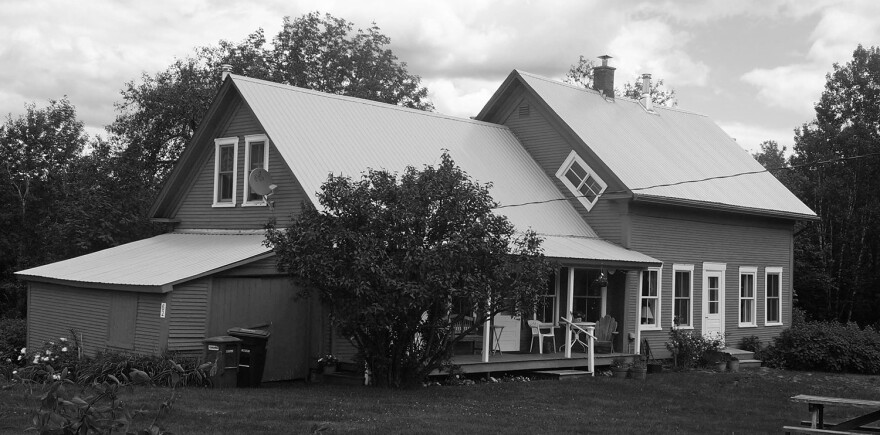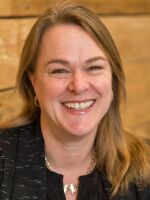Brave Little State is Vermont Public’s listener-driven journalism show. In each episode, we answer a question (or three) about Vermont that’s been asked — and voted on — by you, our audience.
We originally released this episode back in the summer of 2017.
Our show is made for the ear. We recommend pressing play on the audio posted here. Keep reading below to find web versions of the stories in this episode.
Question #1: "What is the history of Vermont's witch windows? And why do they only exist in Vermont?" — Aaron Troncoso, Burlington

You might have seen this architectural oddity on an old Vermont farmhouse, even if you didn’t know what to call it. It’s one of those upstairs windows that’s set on a diagonal. There’s superstitious lore behind the name — but the stories don’t quite add up.
Check out the full answer here.
Question #2: "Someone once told me Vermont had two gold mines. If so, where were they, and when were they used?" — Peter Brown, Vernon

The allure of the 1849 California Gold Rush drove many Vermonters west — though very few made any money. But the story goes that two of those men returned to Vermont and realized that the topography of the Plymouth-Bridgewater area, east of Killington Peak, was similar to a hotspot for gold in the Sierra Nevada.
Check out the full answer here.
A few updates since we originally released this story in 2017: Marjorie Gale retired from her post as the Vermont State Geologist in 2020. And Coleman Hoyt, the amateur historian who lived on Gold Coast Road, died in 2019. He was 93 years old.
Question #3: "What, or whom, was Church Street named after?" — Lorraine Carter-Lovejoy, Burlington

It might sound like a trick question. But do you know for sure where Church Street got its name or how the street became such a bustling commercial district?
Check out the full answer here.

Loading...
_
Loading...
Credits
This episode was originally produced, mixed and edited by Angela Evancie, who’s now our executive producer, with help from Lynne McCrea. Theme music by Ty Gibbons. Other music in this episode was by David Szesztay, Podington Bear, Jockers Dance Orchestra and Avon Comedy Four. We had engineering support from Chris Albertine, and Josh Crane remixed today’s encore.
As always, our journalism is better when you’re a part of it:
- Ask a question about Vermont
- Vote on the question you want us to tackle next
- Sign up for the BLS newsletter
- Say hi on Instagram and Reddit @bravestatevt
- Drop us an email: hello@bravelittlestate.org
- Call our BLS hotline: 802-552-4880
- Make a gift to support people-powered journalism
- Leave us a rating/review in your favorite podcast app
- Tell your friends about the show!
Brave Little State is a production of Vermont Public and a proud member of the NPR Network.












